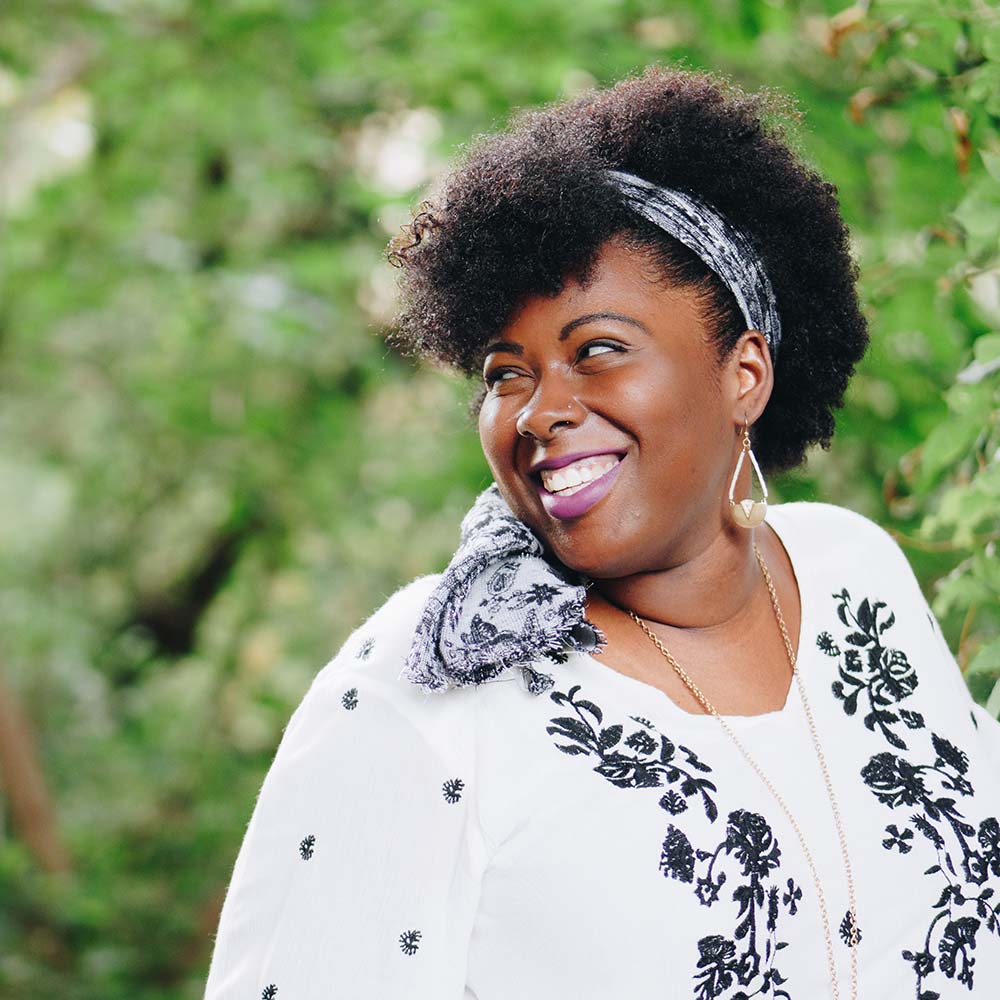Planting Our Seeds: Lessons Learned from Indigenous-led COVID-19 Vaccination Outreach
In honor of National Native American Heritage Month, Made to Save hosted a panel discussion to highlight the efforts from Native and Indigenous grantees on COVID-19 vaccination outreach and education. The discussion shed light on the unique challenges Native and Indigenous groups have faced during the COVID-19 pandemic and how they’ve successfully organized their communities to develop and sustain better, long-term healthcare outcomes.
During this panel three Made to Save grantees—Thunder Valley Community Development Corporation, Yee Ha’ólníi Doo DBA Navajo & Hopi Families COVID-19 Relief Fund, and Project Vision Hawai`i—spoke to more than 50 attendees about the work of their individual organizations–pandemic relief and beyond.
You can watch the entire panel below:
The first panelist to speak about their organization was DeCora Hawk, Director of Community Engagement for Thunder Valley CDC. During her opening remarks Hawk stated that her group is focused on “healing hope” and liberation for the Lakota peoples. She further explained that many of her community members feel that their sense of community is not as strong as it once was, due the U.S. government’s forcible division of their land into scattered territories throughout South Dakota. Hawk shared some of the regenerative community building projects that she’s helped lead to bolster the community, in light of this division of land, such as landscaping, community planning, and building design works. Thunder Valley also continually collects information, provided by the Tribe and the COVID-19 task force, so her Community Engagement team can lead the efforts to internally communicate, coordinate and provide updates on COVID-19 to their community.
The second panelist to speak was Wendy Atcitty, Program Manager of Public Health Education for Yee Ha’ólníi Doo. In her opening remarks she shared many of the incredible language accessible and culturally competent materials that her team created for their Navajo Nation community members. She explained that storytelling in their native (Diné) language is one effective way that they’ve been able to reach their community members and educate them about COVID-19.
The final panelist to introduce her organization was Kim Ku’ulei Birnie, Communications and Engagement Lead for Project Vision. For her introductory presentation Birnie shared that, during the height of the pandemic, there was little-to-no accurate data being collected and reported on Native Hawaiians and Pacific Islanders. To address this immediate concern she shared that Project Vision worked alongside the National NHPI Response Team to improve the collection and reporting of accurate data. When substantial data was collected it was shown that Native and Pacific Islanders were actually being hit the hardest by COVID-19. More specifically, it has been found that they are 3.5x more likely to test positive for COVID-19 and more than 4x as likely to be hospitalized than non-Hispanic Whites.
Overall, the pandemic has posed disproportionate risks to Indigenous groups. Based on the Centers for Disease Control risk factors, Native American and Alaskan Natives have the highest levels of vulnerability to serious illness and highest rate of uninsured elderly individuals. Access to federal health care via the Indian Health Service can be limited due to a variety of factors such as the limiting care to members and descendents of federally recognized tribes. Moreover, many individuals living in rural areas that are not tribal lands pose additional challenges to vaccine distribution. Additionally, as new variants arise, Made to Save is committed to supporting our Native and Indigenous community partners as we continue to navigate this pandemic.
As we close out Native American Heritage Month, Made to Save would like to thank the representatives who participated in this lively panel discussion and all our Native and Indigenous partners for their great work. The efforts of these community-based organizations to get their communities vaccinated cannot be understated or undervalued. As Kim from Project Vision stated in her closing remarks: they [Native and Indigenous communities] have been their own champions since before the pandemic and will continue to fight for their communities long after this pandemic is over.
To learn more about Made to Save’s grantees click here.
